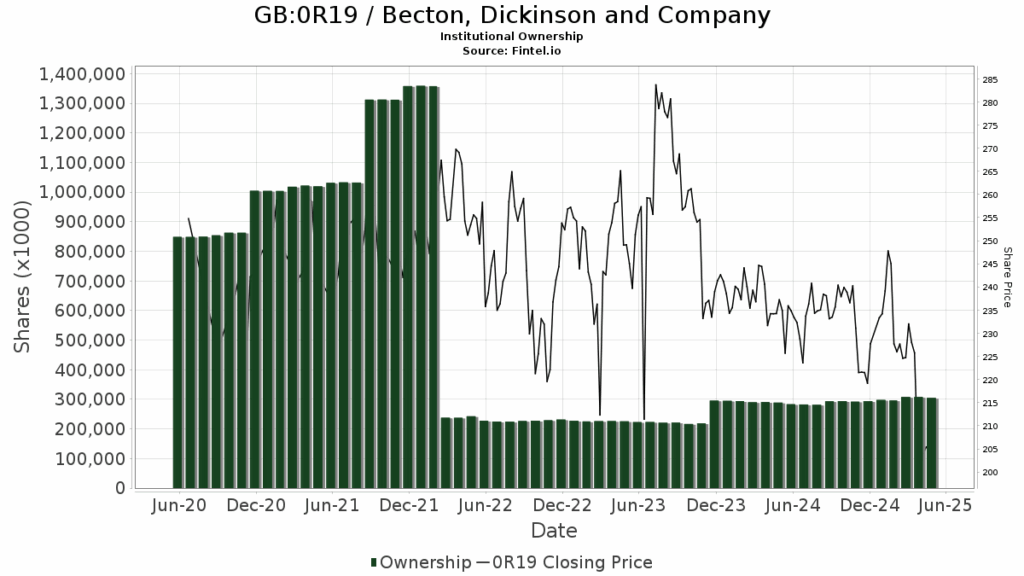S&P 500 Rebounds as Investor Confidence Grows Amid Trade Talks
Following a steep decline in early April due to aggressive U.S. tariff policies, the S&P 500 has made a notable recovery. The index is nearing its longest winning streak since 2004, having recorded its eighth consecutive winning session on Thursday. This uptrend highlights a resurgence of investor confidence despite ongoing economic uncertainties.
Three prominent ETFs tracking the index—the Vanguard S&P 500 ETF (VOO), SPDR S&P 500 ETF Trust (SPY), and iShares Core S&P 500 ETF (IVV)—have each gained nearly 6% over the last eight days.
The recent gains were primarily driven by robust earnings reports from major technology companies, along with easing worries about trade tensions. Will this positive trend continue? Let’s take a closer look:
Tech Earnings Spark Optimism
Strong quarterly earnings from Microsoft (MSFT) and Meta Platforms (META) have boosted optimism in the tech sector, central to last year’s market rally. Their performance indicates that high demand for AI technology is helping both companies manage the economic impacts of tariffs effectively (see: AI ETFs Set to Gain on Robust Meta, Microsoft earnings).
After the market closed on Thursday, Amazon (AMZN) and Apple (AAPL) also reported quarterly results exceeding earnings and revenue expectations. However, both companies’ shares declined due to ongoing tariff uncertainties. Apple projected a $900 million tariff headwind for the current quarter but is planning to shift its iPhone assembly for the U.S. market to India next year. Currently, about 50% of iPhones for the U.S. market are produced in India, with iPads, Macs, Apple Watches, and other products increasingly sourced from Vietnam.
Amazon CFO Brian Olsavsky provided a cautious outlook, citing uncertainty in consumer demand tied to President Trump’s changing tariff policies. The retail unit of Amazon faces significant risks from these tariffs.
Shifting Tariff Landscape
The Trump administration appears to be easing its position on tariffs, fuelling hopes for a resolution in trade tensions. During a recent White House press conference, Trump described the current 145% reciprocal tariffs as “too high” and indicated they would “come down substantially.”
At the same time, China is considering resuming trade negotiations with the U.S. Reports suggest that China may suspend its 125% tariffs on select U.S. goods, which has helped lift market sentiment.
Economic Indicators Show Strain
The U.S. economy contracted in the first quarter for the first time in three years, largely due to a pre-tariff surge in imports. GDP fell at an annualized rate of 0.3% in the first three months, exceeding the 0.2% decline forecasted by Bloomberg economists.
Additionally, U.S. manufacturing experienced the most significant contraction since November. The manufacturing PMI reported by the Institute for Supply Management dropped to a five-month low of 48.7 in April, down from 49.0 in March. Moreover, consumer confidence hit a five-year low last month, falling to 86 in April. This marked the fifth consecutive decline, attributed to reduced expectations regarding business conditions, employment opportunities, and future income, reflecting widespread economic pessimism (read: Is Weak Consumer Sentiment Hurting Discretionary ETFs?).
Resilient Job Market
Despite the tariff turmoil, the U.S. job market shows strength. April’s employment data revealed that the economy added a better-than-expected 177,000 jobs, while the unemployment rate remained steady at 4.2%.
Conclusion
While current momentum is encouraging, the ongoing uncertainties surrounding trade policies and economic indicators suggest potential volatility ahead.
Stay Updated on Key ETF Information
Zacks’ free Fund Newsletter provides you weekly insights on major news, analysis, and top-performing ETFs.

